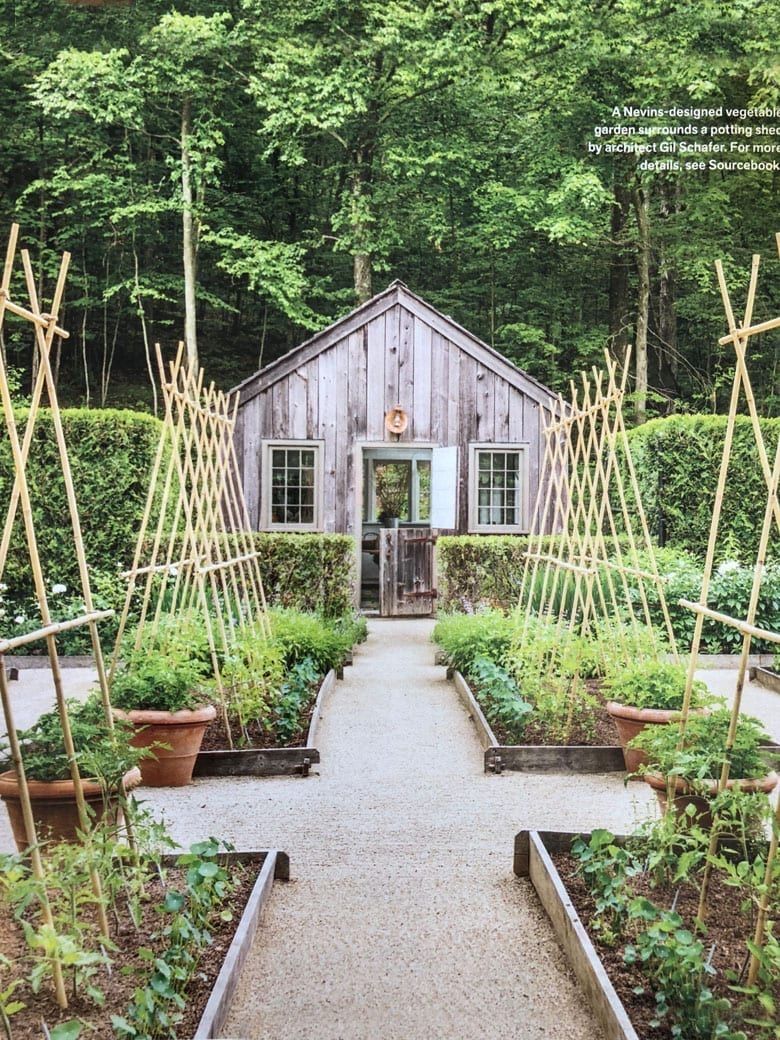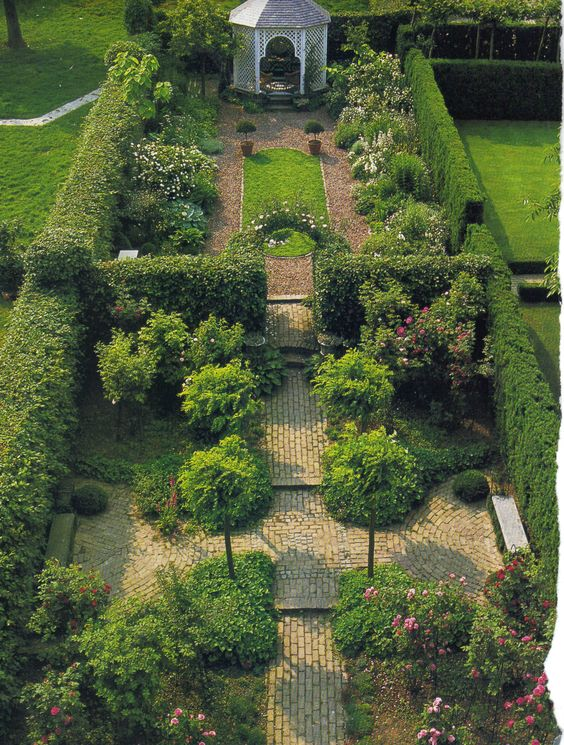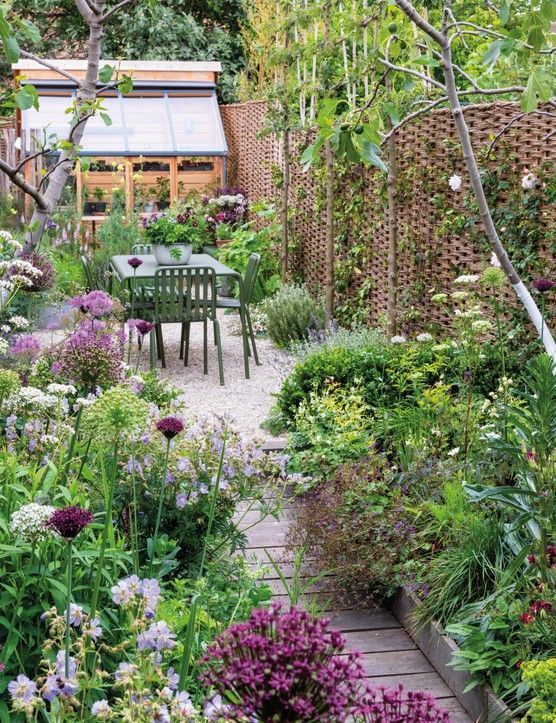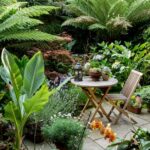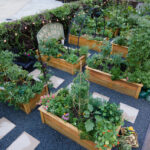The layout of a garden can greatly impact its overall look and feel. Proper garden design layout can create a sense of balance and harmony, while also maximizing the space available for planting and other activities. There are several key elements to consider when it comes to designing the layout of a garden.
One important aspect of garden design layout is the division of space. By breaking up the garden into different areas, such as a lawn area, a seating area, and a flower bed area, you can create a sense of organization and order. This division of space also allows for a variety of plants and features to be incorporated into the garden.
Another key element of garden design layout is creating pathways and access points. Pathways can help guide visitors through the garden, while also providing a sense of structure and direction. Access points, such as gates or entrances, can also help define the layout of the garden and create a welcoming entry point for visitors.
Incorporating focal points into the garden design layout is also important. Focal points can be anything from a large tree or shrub, to a sculpture or water feature. These focal points help draw the eye and create visual interest within the garden. They can also help create a sense of unity and coherence throughout the space.
Consideration should also be given to the scale and proportion of the garden layout. This refers to the size and relationship of different elements within the garden. By carefully choosing plants and features that complement each other in size and shape, you can create a sense of balance and harmony within the garden.
Finally, the overall style and theme of the garden should also be taken into account when designing the layout. Whether you prefer a formal, structured garden or a wild, naturalistic garden, the layout should reflect and enhance the overall style and theme. By carefully considering these key elements, you can create a garden design layout that is both functional and visually appealing.
